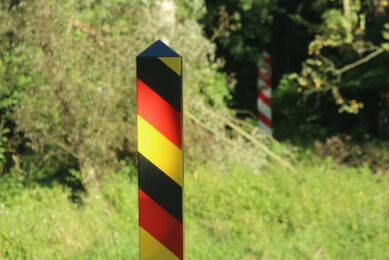Sow cuts more profitable than boar cuts
When all calculations have been made, finishing sows appears to be more profitable than finishing boars, under current circumstances, German agricultural magazine Top Agrar reports.
The magazine reported on a trial at the Nettehof, a test farm of the University of Applied Sciences in Osnabrück, Germany. The university did the trial in cooperation with the Dutch breeder Topigs and used 144 piglets, among which 96 uncastrated male and 48 female piglets.
Biological results
Biologically speaking, the male pigs had advantages, the research concluded. Feed consumption was noted to be better, shortening the finishing period. Average feed conversion was also better in male piglets (1:2.67 for females and 1:2.44 for males).
At slaughter, however, the research did not note any difference in results for boars in comparison to sows, indexed to slaughterweight.
Large differences, however, could be seen at the processing and deboning process. Boars achieved 3% worse prices for their cuts than female pigs. For the disadvantages in boar finishing, prices at the slaughterhouse were responsible, as the boars received a constant price of €0.04 below the base price, while the female animals were paid on the basies of conventional prices.
Trial data
At the trial the animals were divided into groups of twelve, and divided by sex, as Topigs had indicated. The boars alsways had female neighbours. All animals were fed ad lib in two phases. Ear tags for all animals enabled the measuring of individual feed intake. All animals were weighed individually every fortnight – with weights between boars and sows becoming increasingly different, Topigs emphasised.
The trial was already carried out in summer 2009.
Interest for boar finishing comes especially from the Netherlands as there, no male pig is castrated without anaesthetics. Hence, finishing entire boars is discussed as alternative to castration and has been tried at meat processor Tönnies.
Related websites:
• Tönnies
• Top Agrar
• Topigs











